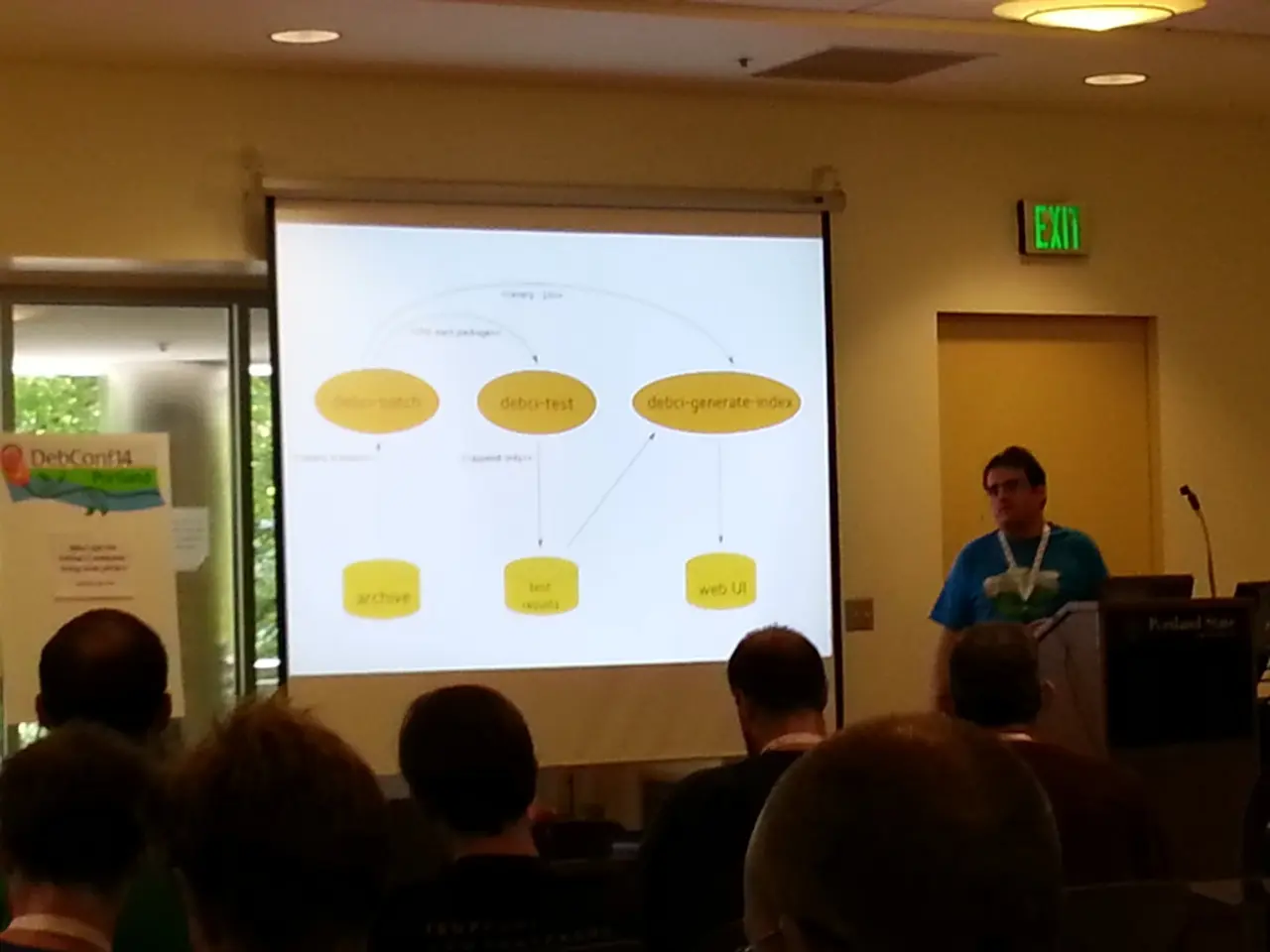EU's EAA Aims to Transform Digital Accessibility, but Enforcement Hangs in Balance
Despite decades of efforts, digital accessibility remains a significant challenge across Europe. French legislation, though complex, has been in place since 2005, yet many websites remain unusable for those with disabilities. The European Accessibility Act (EAA), now in effect, aims to change this landscape.
The EAA, which came into force on June 28, 2025, sets common digital accessibility obligations across Europe. It requires companies to make their digital services accessible with precise technical criteria. However, the act does not impose direct sanctions, which need to be transposed into French law, and enforcement may take time to have a real impact.
Progress in digital accessibility has been slow due to lack of training, inclusive culture, and low awareness among developers. Web site accessibility tends to stagnate or even regress due to their rapid proliferation. The Association Valentin Hauy (AVH) supports visually impaired people through computing, braille, and locomotion activities. Florent Mégelas, a digital accessibility trainer with advanced cataracts, helps individuals like Madame Schneider use technology. Despite these efforts, four major distributors received a formal notice for the inaccessibility of their websites in July 2025, but the specific companies and their responses remain unknown.
The EAA opens a new era for digital accessibility, but rigorous controls and support are needed to ensure its success. While awareness is growing, progress remains slow, and enforcement of existing and new regulations is crucial to make digital spaces truly accessible for all.








